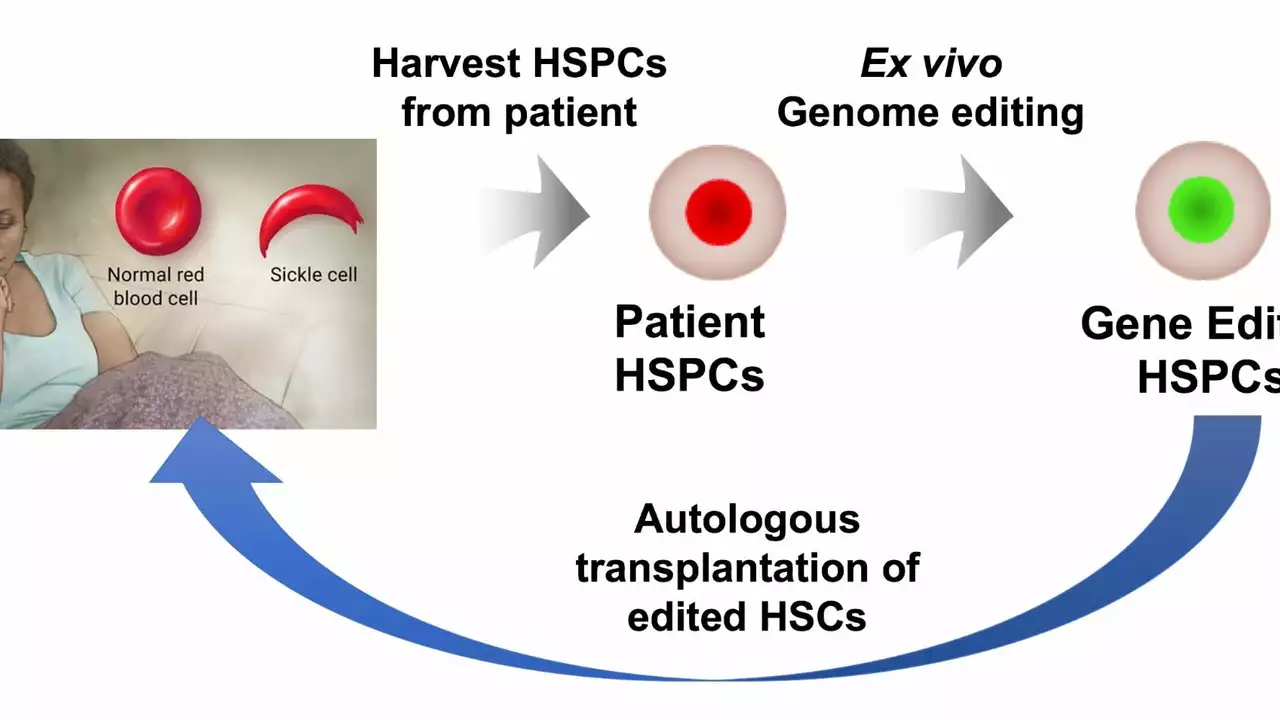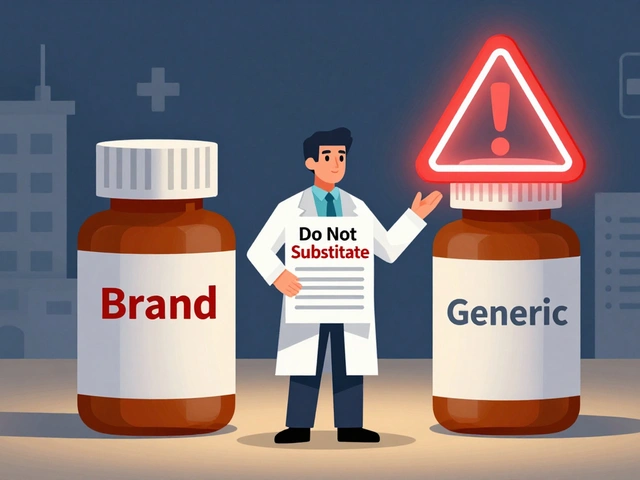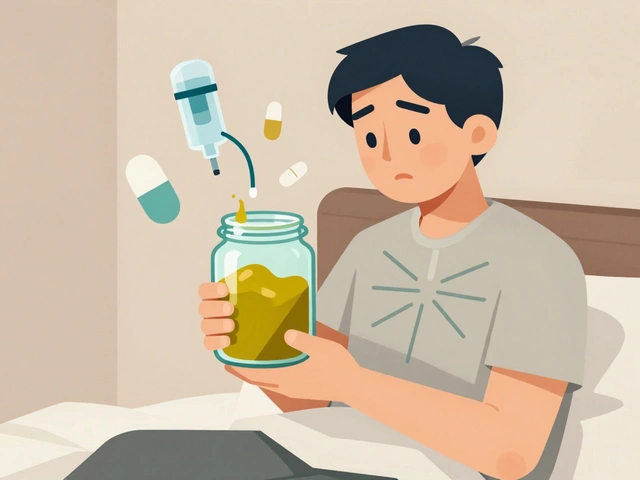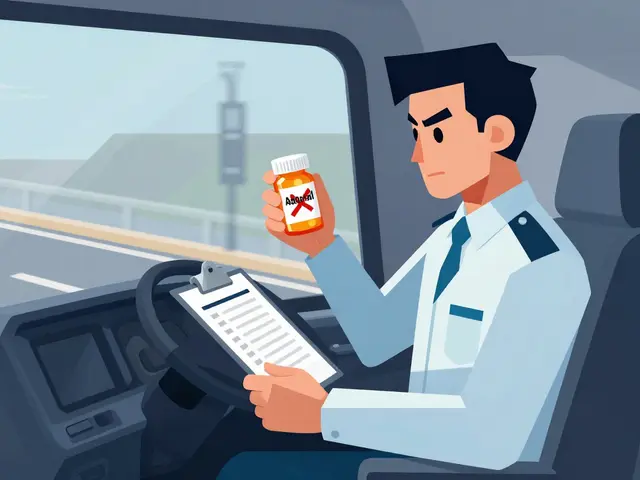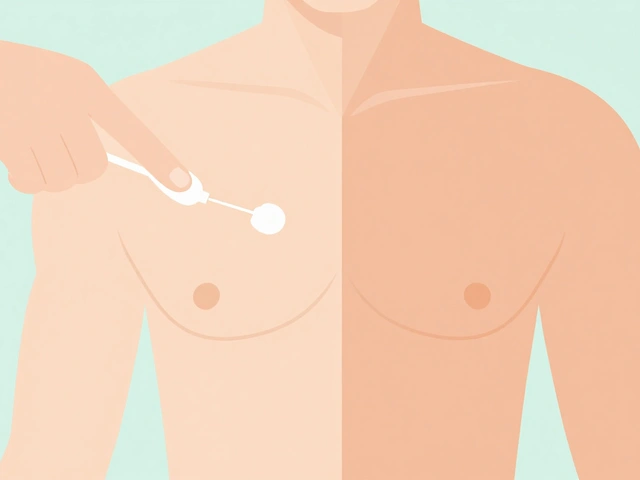Potential Role: How drugs and therapies fit into real-world care
Want a clear look at a drug’s potential role in treatment? This tag collects practical articles that explain what a medicine does, where it helps, and what to watch for. You’ll find plain answers about uses, side effects, alternatives, and safe ways to buy or stop a drug.
Each post here focuses on one practical question: Can this drug help my condition? When will it work better than others? What risks should I expect? We answer those questions with clinical facts, common-sense tips, and step-by-step guidance you can use in a conversation with your clinician.
What you’ll find under “potential role”
Guides that compare drugs and list realistic alternatives. Safety-focused articles about drug interactions and side effects. How-to pieces on buying medicines online safely. Real-world advice on tapering or switching meds. Short explainers on how a drug works and who benefits most. Examples include insulin alternatives, inhaler comparisons, and when to use specific antibiotics or antidepressants.
I keep the language simple so you can get to the point fast. If a study or trial matters, the article will name it and say what it found. If a tip matters for safety, you’ll get clear steps—no vague warnings. That way you can judge whether a treatment might fit your situation.
How to use these articles safely
Start by reading the “uses” and “risks” sections. Look for drug interactions and special warnings for pregnancy, kidney, or liver problems. If an article talks about buying meds online, follow the safety checklist: confirm pharmacy credentials, require a prescription when appropriate, check return and privacy policies, and read customer reviews outside the seller’s site.
If you’re thinking about switching or stopping a medication, follow a taper plan from a clinician or one outlined in the article. Gradual changes reduce withdrawal and relapse. Don’t stop abruptly unless a doctor tells you to.
Want quick comparisons? Use the site search for drug names, or explore linked posts at the bottom of each article. You’ll often find side-by-side pros and cons, cost considerations, and alternatives that suit different budgets or health goals.
Questions I answer often: Is this drug a first-line choice? How does it compare to similar options? What are cheap alternatives that still work? How serious is this side effect in daily life? Each piece aims to leave you with a clear next step—talk to your doctor, check your prescriptions, or try a low-risk change.
If you see a topic missing or want a real-world comparison—say, two inhalers or alternatives to a diabetes pill—use the contact link to suggest it. I update posts when new evidence or new drugs appear, so this tag stays useful as treatments change.
Browse the list below to find focused guides, and use the filters to sort by topic, drug name, or safety tips. Read smart, stay safe, and bring questions to your clinician with confidence.
I recently came across some intriguing research on Amiloride and its potential role in treating Sickle Cell Disease. Amiloride is a medication primarily used to treat high blood pressure and heart failure. However, studies have suggested that it could also help reduce painful symptoms and complications associated with Sickle Cell Disease. This is mainly due to its ability to inhibit certain ion channels, reducing the sickling of red blood cells. The prospect of Amiloride as a treatment for Sickle Cell Disease is exciting, and I'm eager to see how further research develops in this area.
Continue reading...

